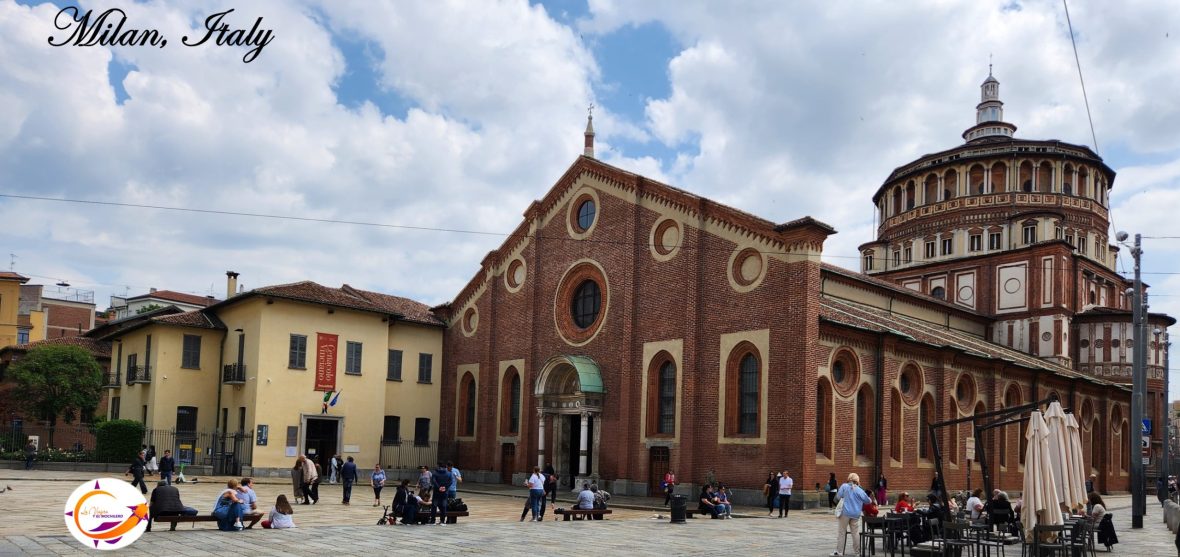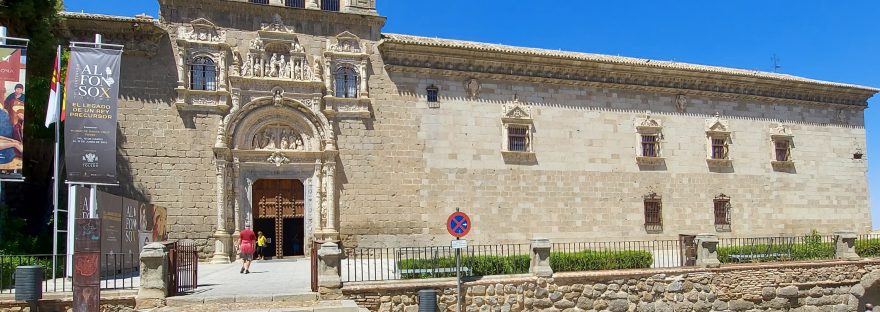The building that serves as the headquarters of the Museum of the Holy Cross in Toledo was founded by Cardinal Pedro González de Mendoza at the beginning of the 16th century. It was the former Holy Cross Hospital, where Cardinal Mendoza’s mission was to take in orphaned children.
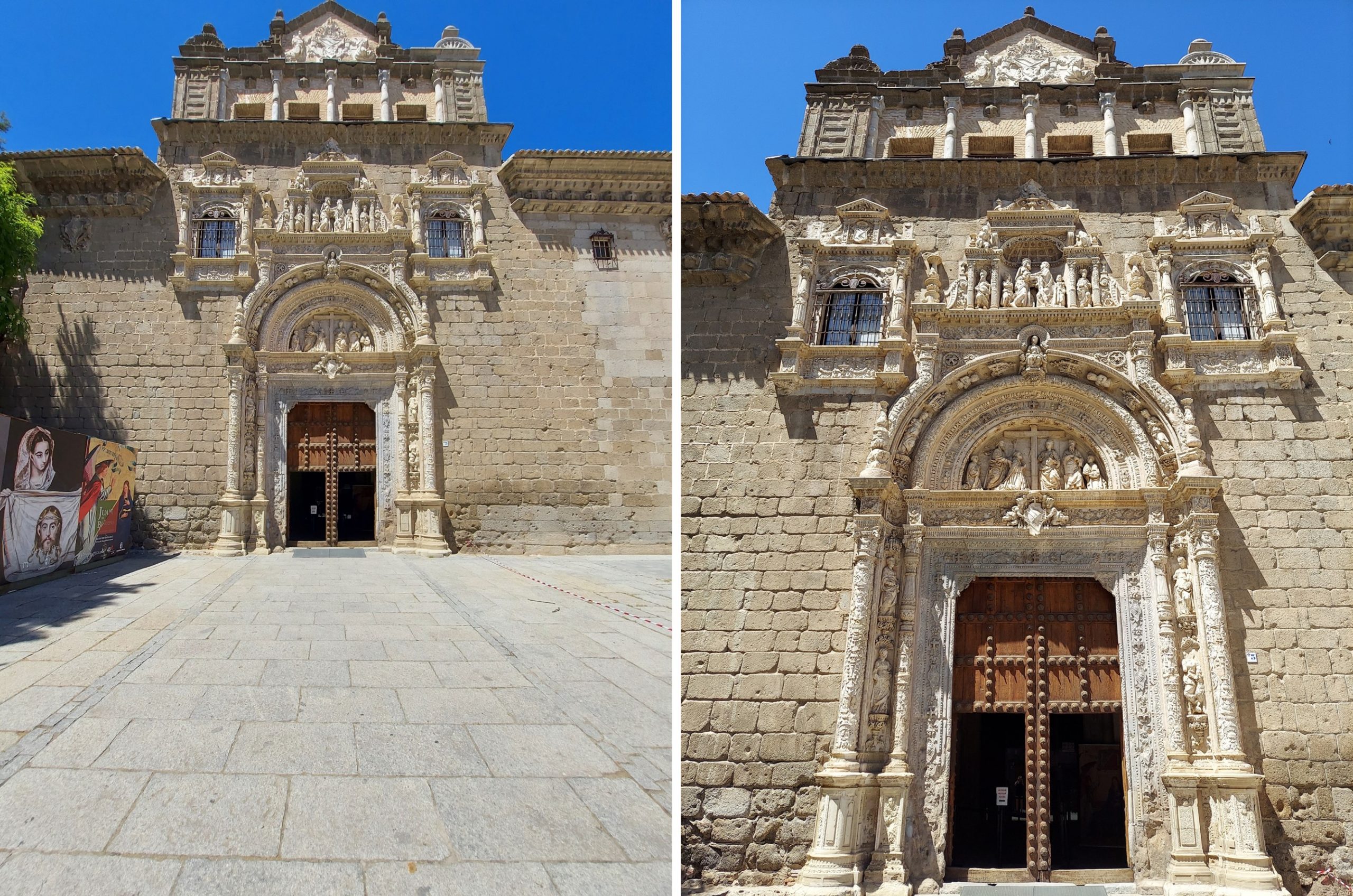
This structure is considered by some experts as a masterpiece of the Renaissance in Spain. It is the work of Alonso de Covarrubias, a Spanish architect and sculptor who masterfully worked the Spanish High Renaissance. This Greek cross building is characterized by its plateresque façade, which stands out given its details and decorative richness.
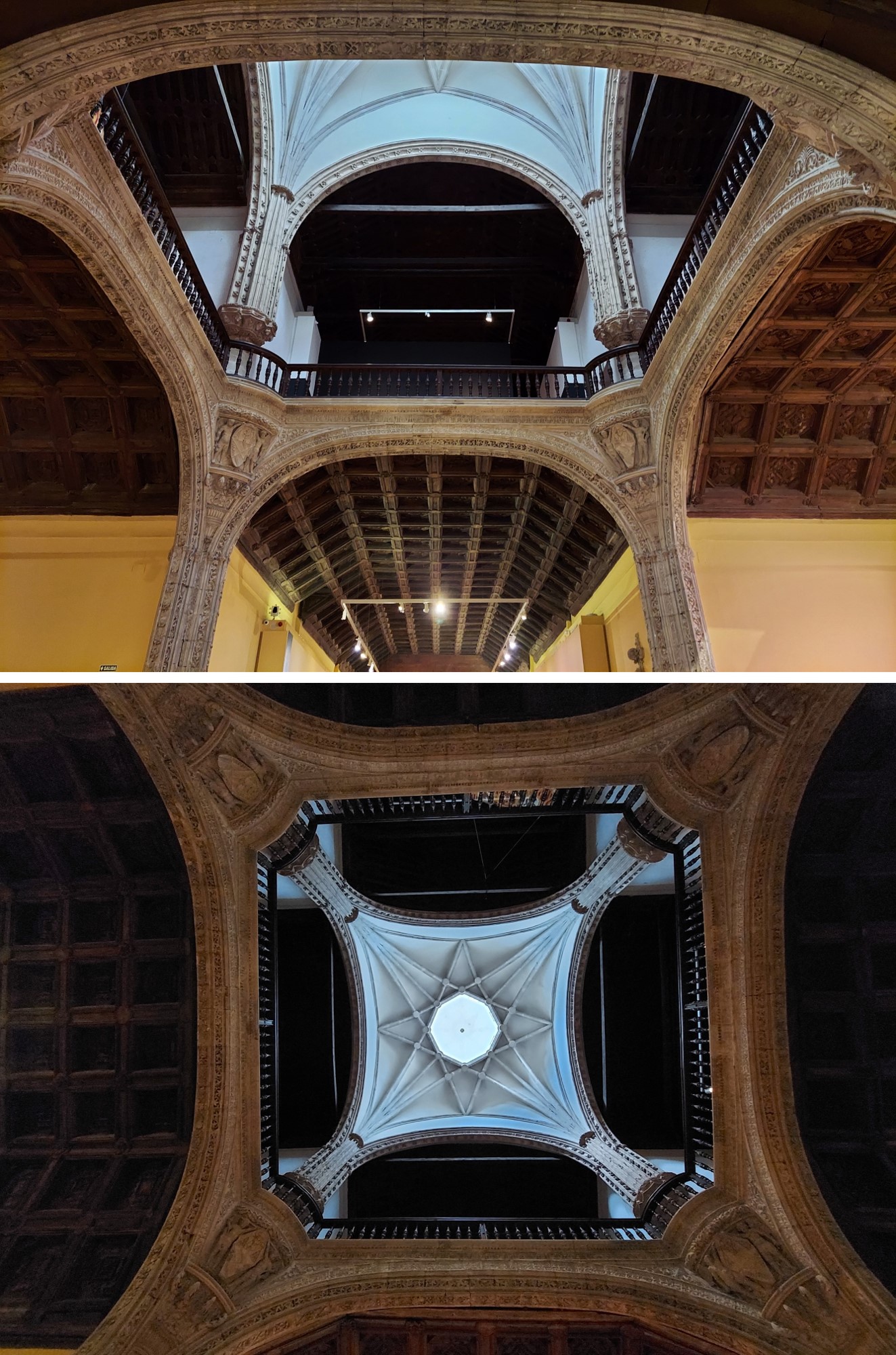
The structure that houses the Museum of the Holy Cross consists of two floors. The transept spans the two floors and is covered with ribbed vaults.
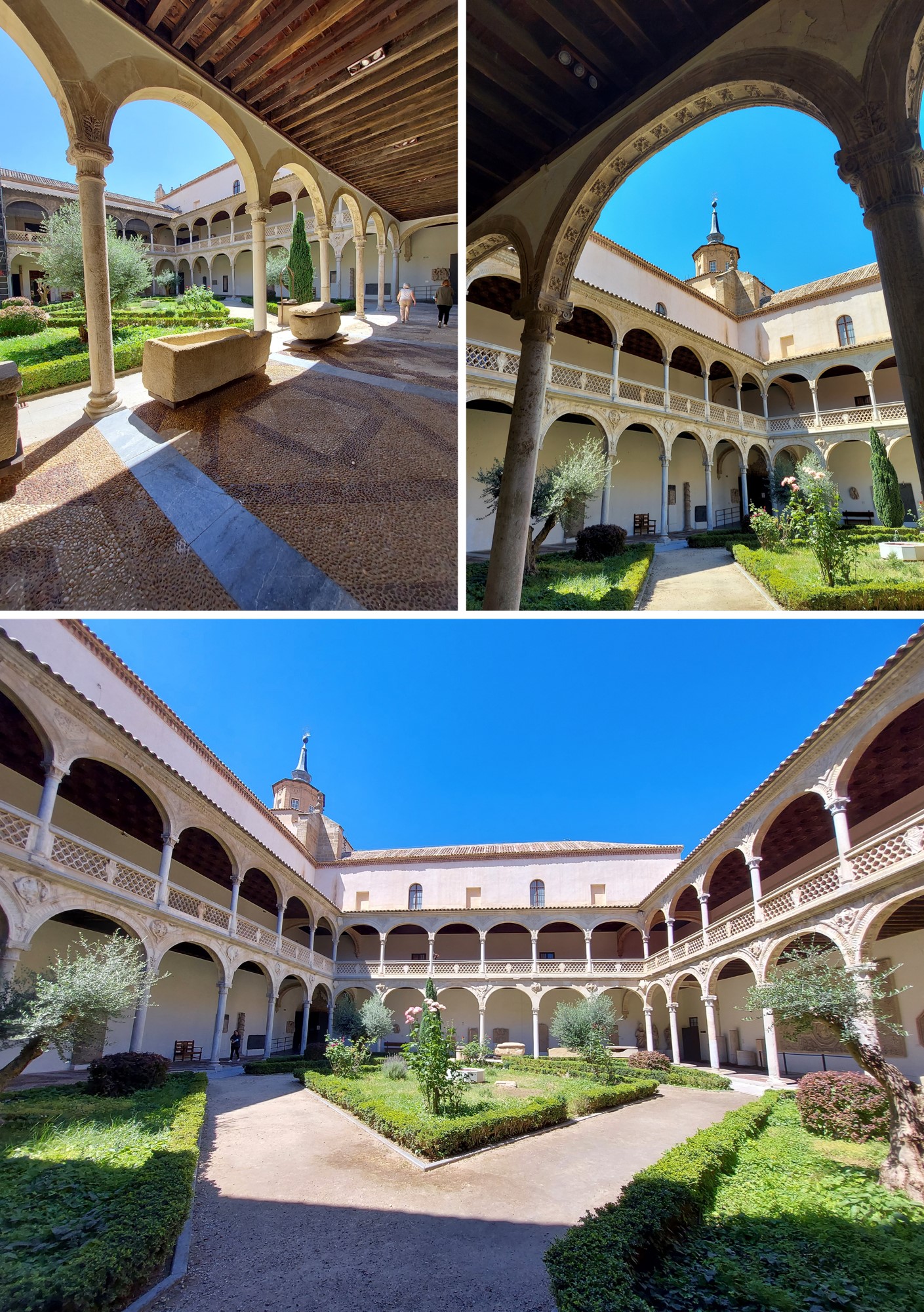
The Noble Cloister on the first level opens to the courtyard through arches. In its corridors, archaeological pieces ranging from sculptures, bas-reliefs, columns, mosaics, to stone tombs are exhibited.
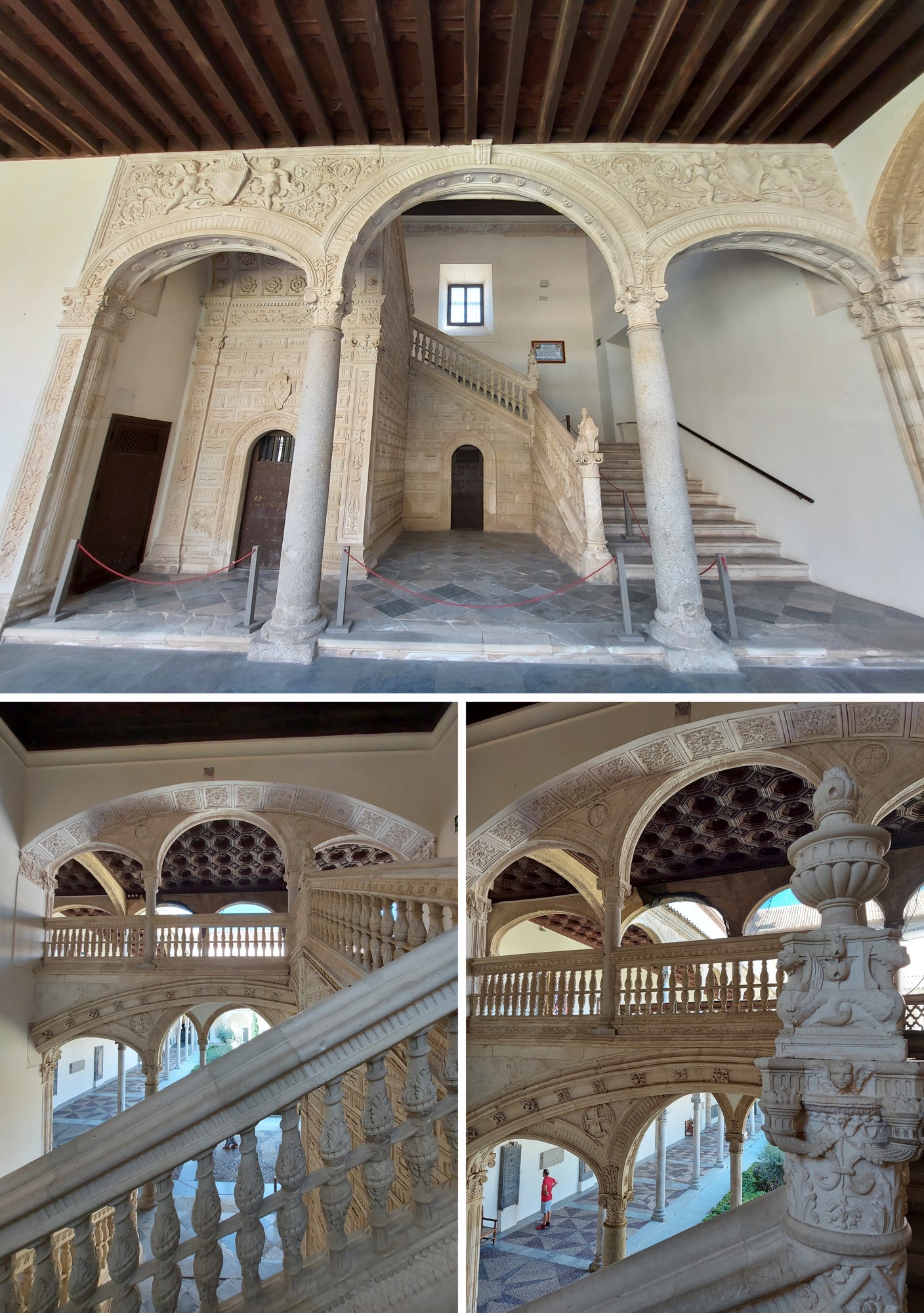
The palatial staircase, in addition to its Mudejar and Renaissance coffered ceilings impart great beauty to the structure that was once a hospital and is now a Museum.
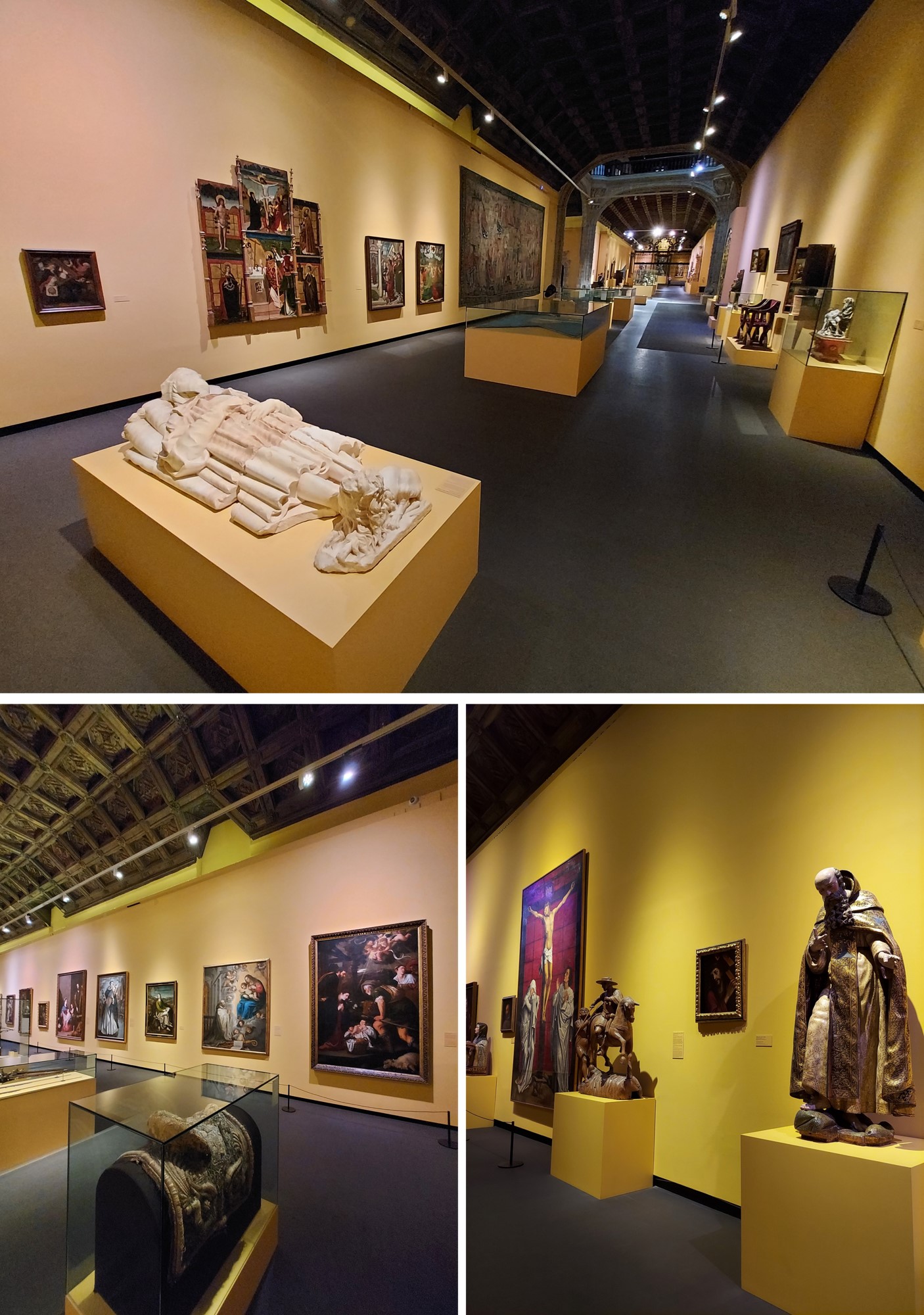
The museum divides its collection into three sections, one dedicated to archaeology, one to Fine Arts and the third dedicated to Decorative Arts.
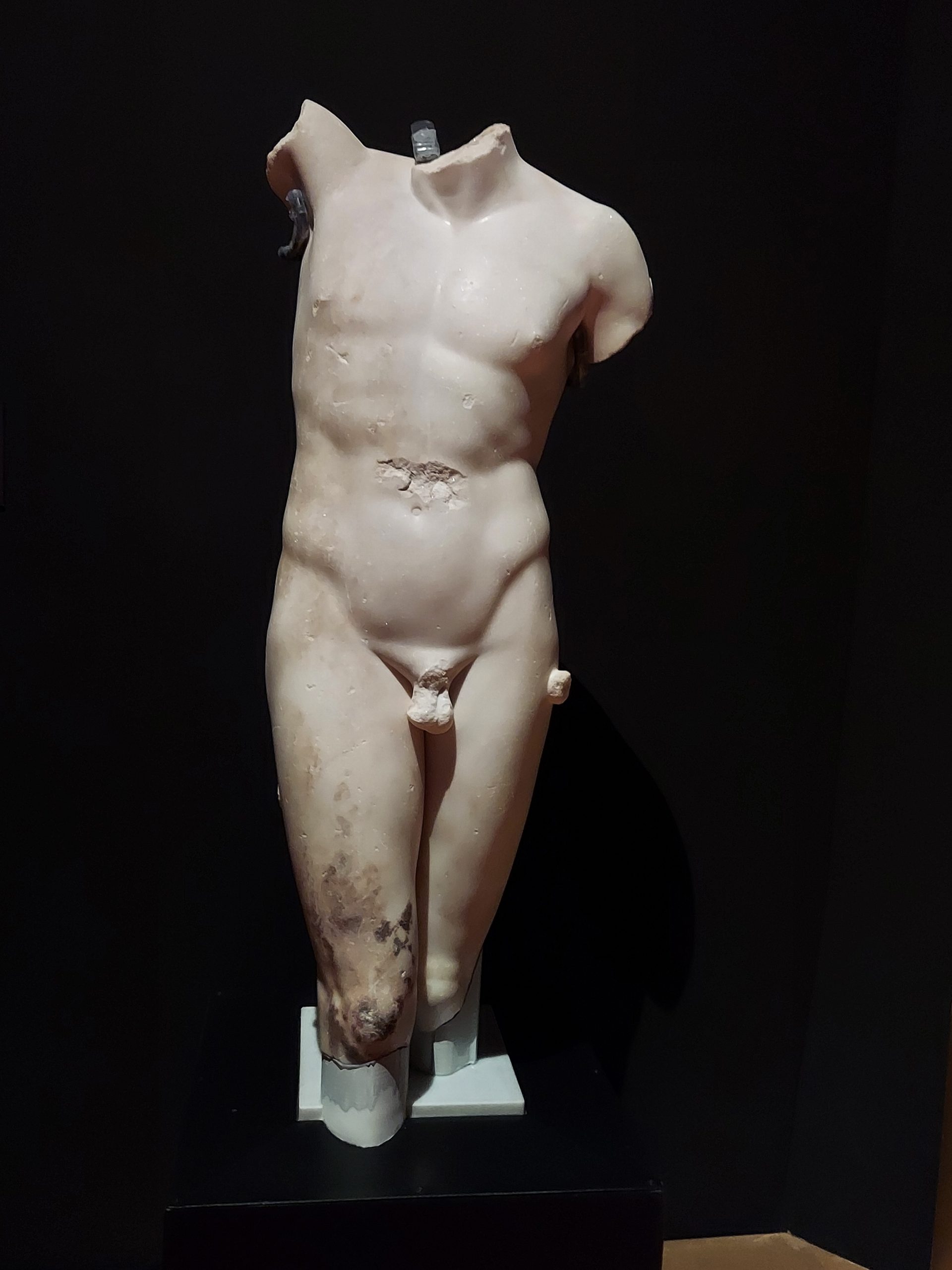
The Archaeology section is dedicated to the Roman, Visigoth, Arab and Mudejar cultures. Among the Roman pieces on display is the “Possible figure of a satyr”, from the 2nd century AD. This marble sculpture was found in 2017, badly mutilated, in the cellars of a private home, during excavations. It was probably part of the decoration of an extensive thermal complex. It evokes a nude juvenile figure corresponding to a dancing satyr.
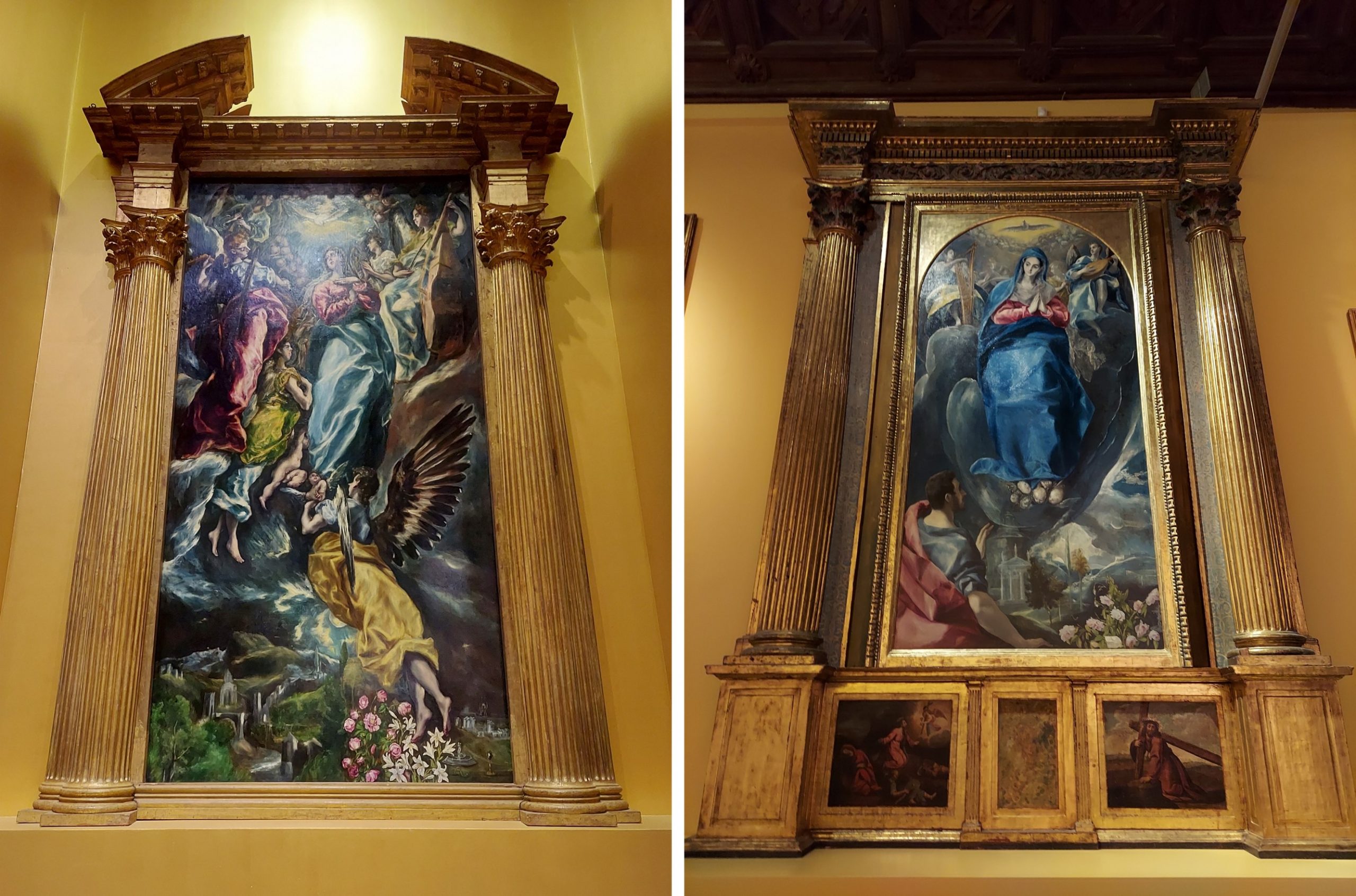
The Fine Arts section has an important exhibition of 16th-17th century paintings from Toledo, including works by reknown artists such as El Greco. Above are two of his most precious works in the Museum of the Holy Cross, the Altarpiece of the Immaculate Conception, 1607 – 1613 and The Veronica with the Holy Face, ca. 1580.
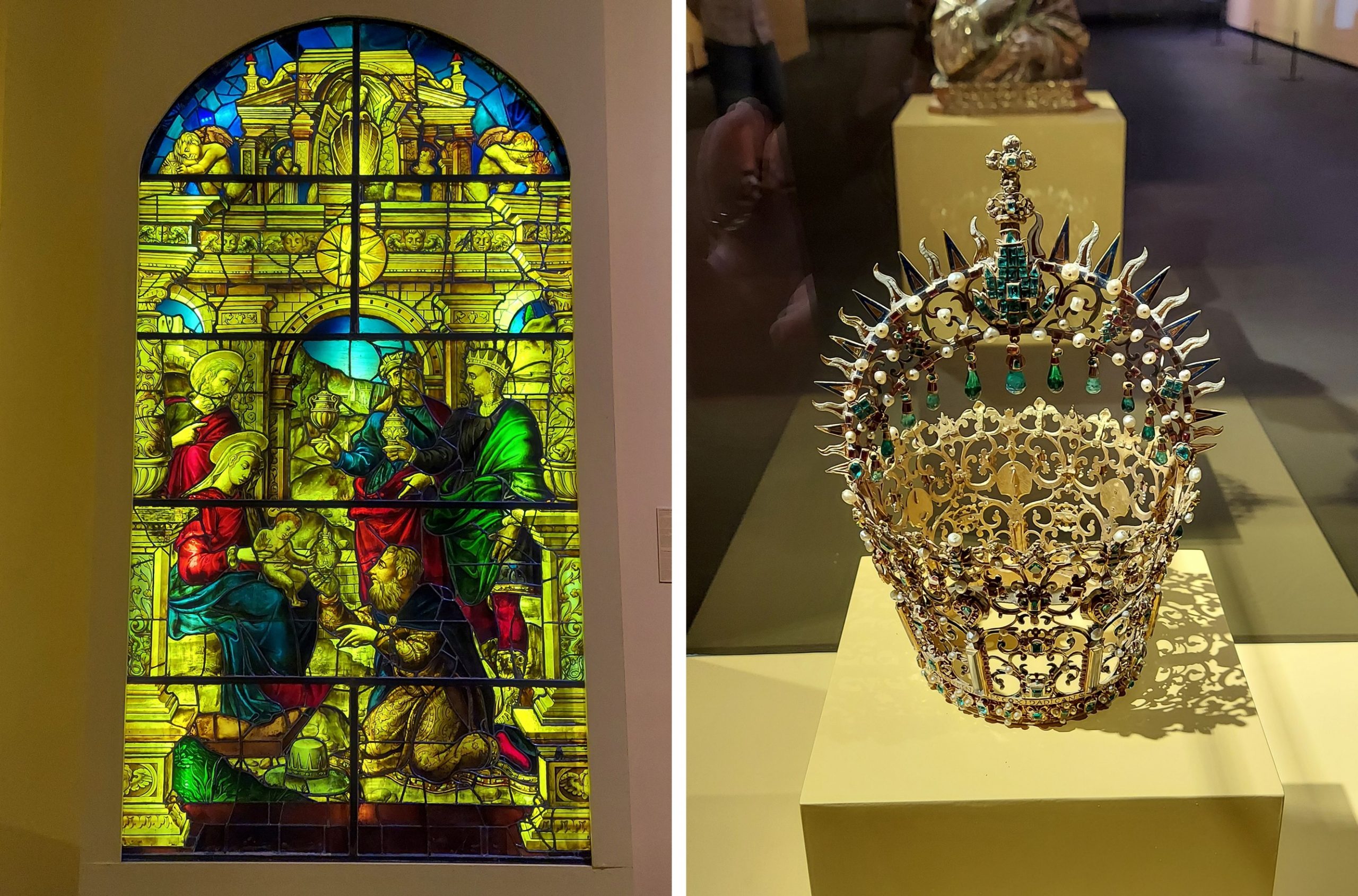
The third section of the Museum is dedicated to the Decorative Arts, which highlights examples of pieces of popular culture and local craft tradition such as ceramics, glass, textiles, wrought iron and goldsmithing. We include the images of two pieces: The Adoration of the Kings, stained glass, ca. 1544-1550 and the Crown of the Virgin of the Forsaken from 1641.
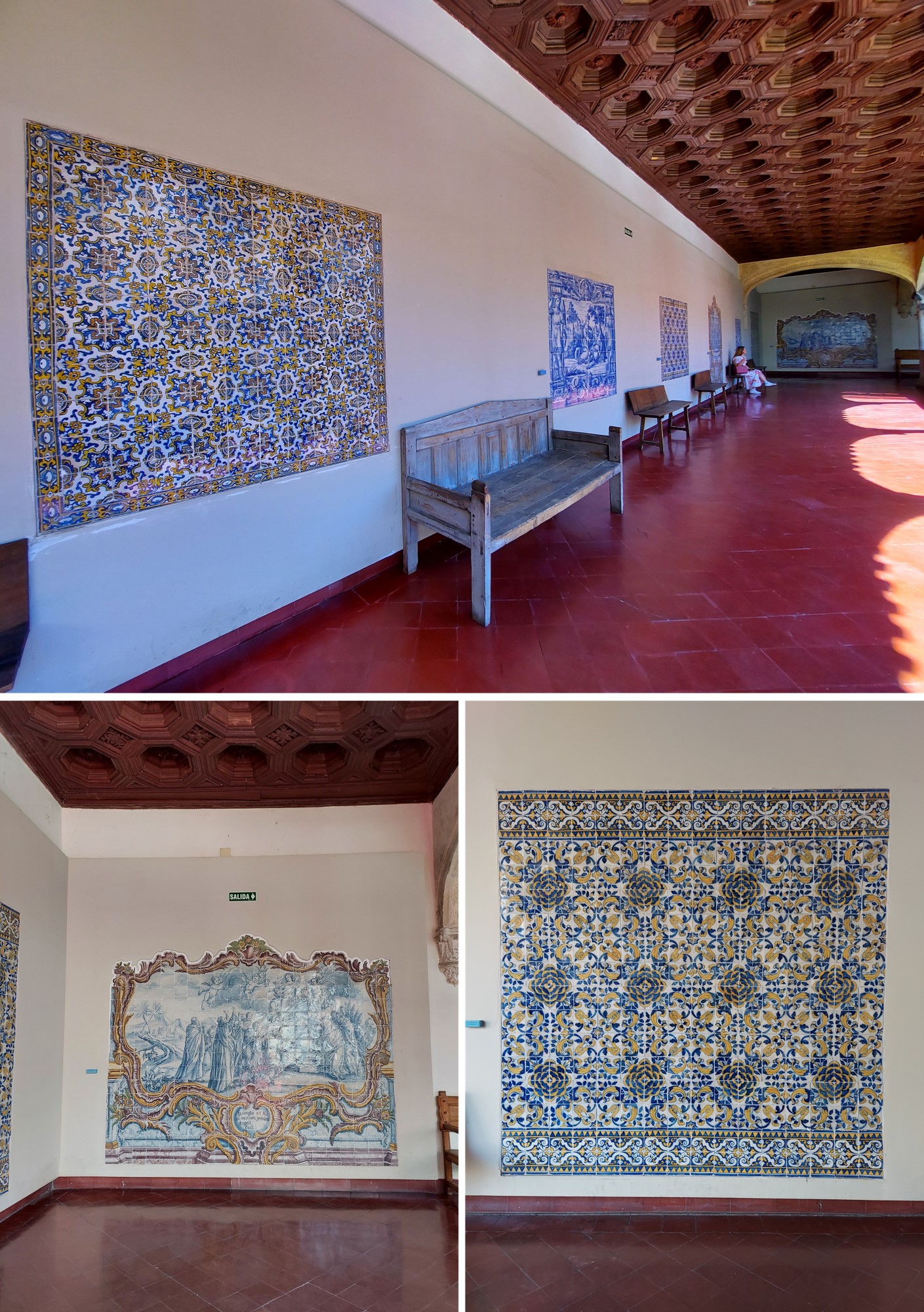
We had the opportunity to visit, on the second level of the Museum, the Carranza Collection, where the development of Portuguese ceramics is exhibited through a display of tile panels. The Portuguese tile achieved a prominence in architecture that no other European country could reach, hence its great importance.
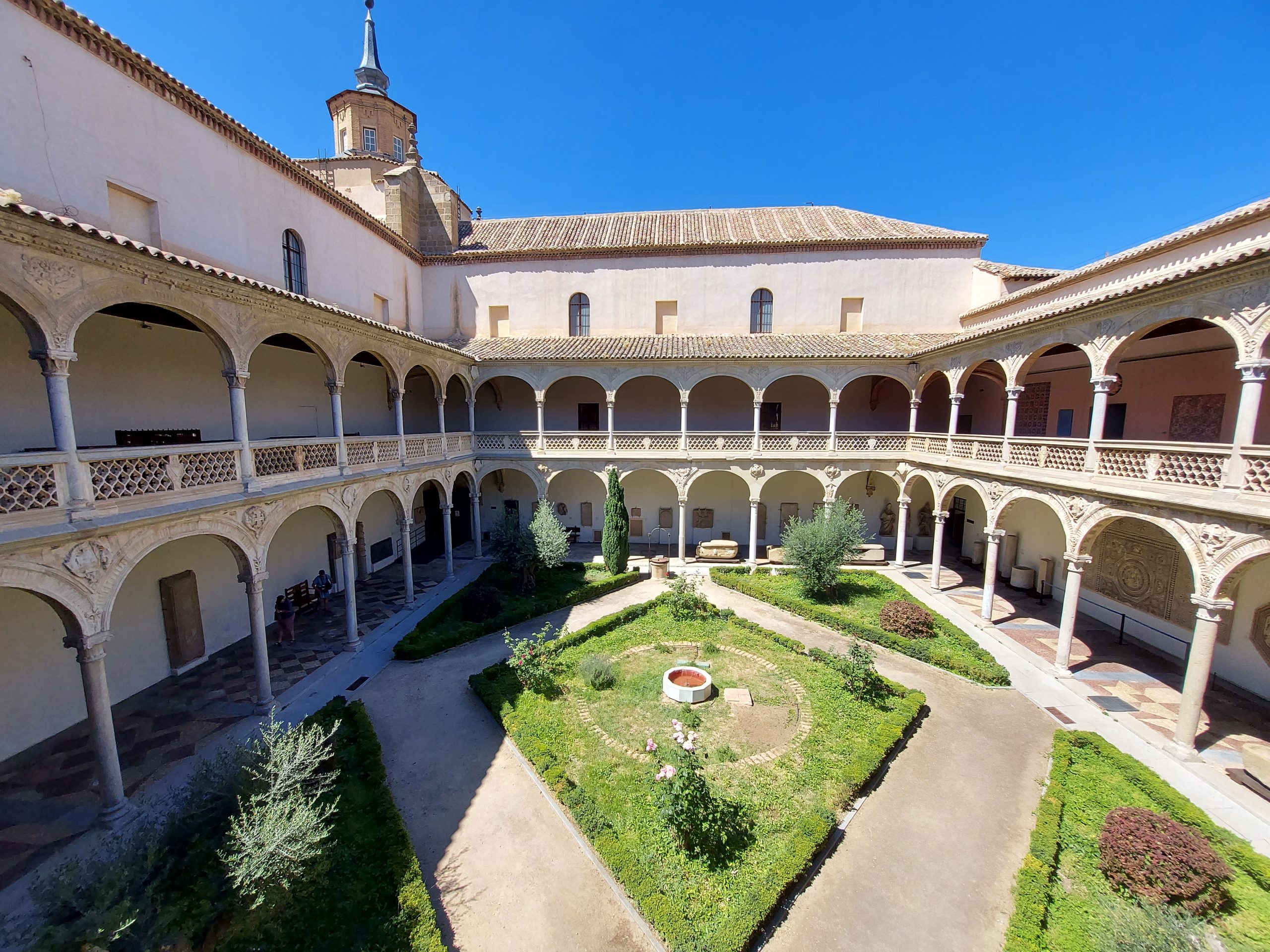
A visit to the Museum of the Holy Cross is well worth it, as it is one of the most important museums in Spain given the quality and quantity of the pieces it preserves.
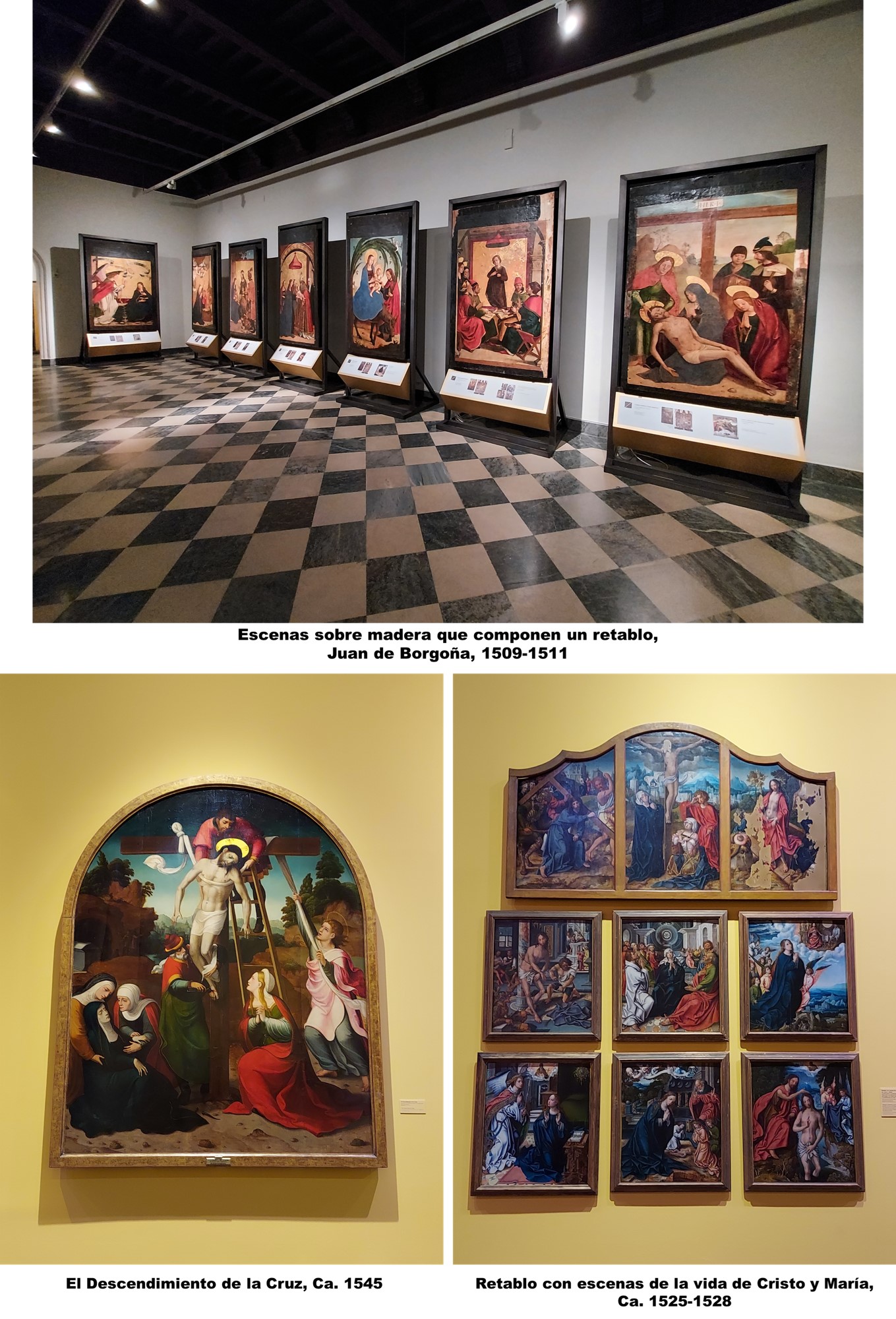
Resources:
http://www.turismocastillalamancha.es/patrimonio/museo-de-santa-cruz-3861/descripcion/
https://es.wikipedia.org/wiki/Museo_de_Santa_Cruz
https://www.101viajes.com/toledo/museo-santa-cruz
https://toledoguiaturisticaycultural.com/museo-de-santa-cruz/
https://www.inspain.org/es/toledo/toledo/museo-de-santa-cruz/
